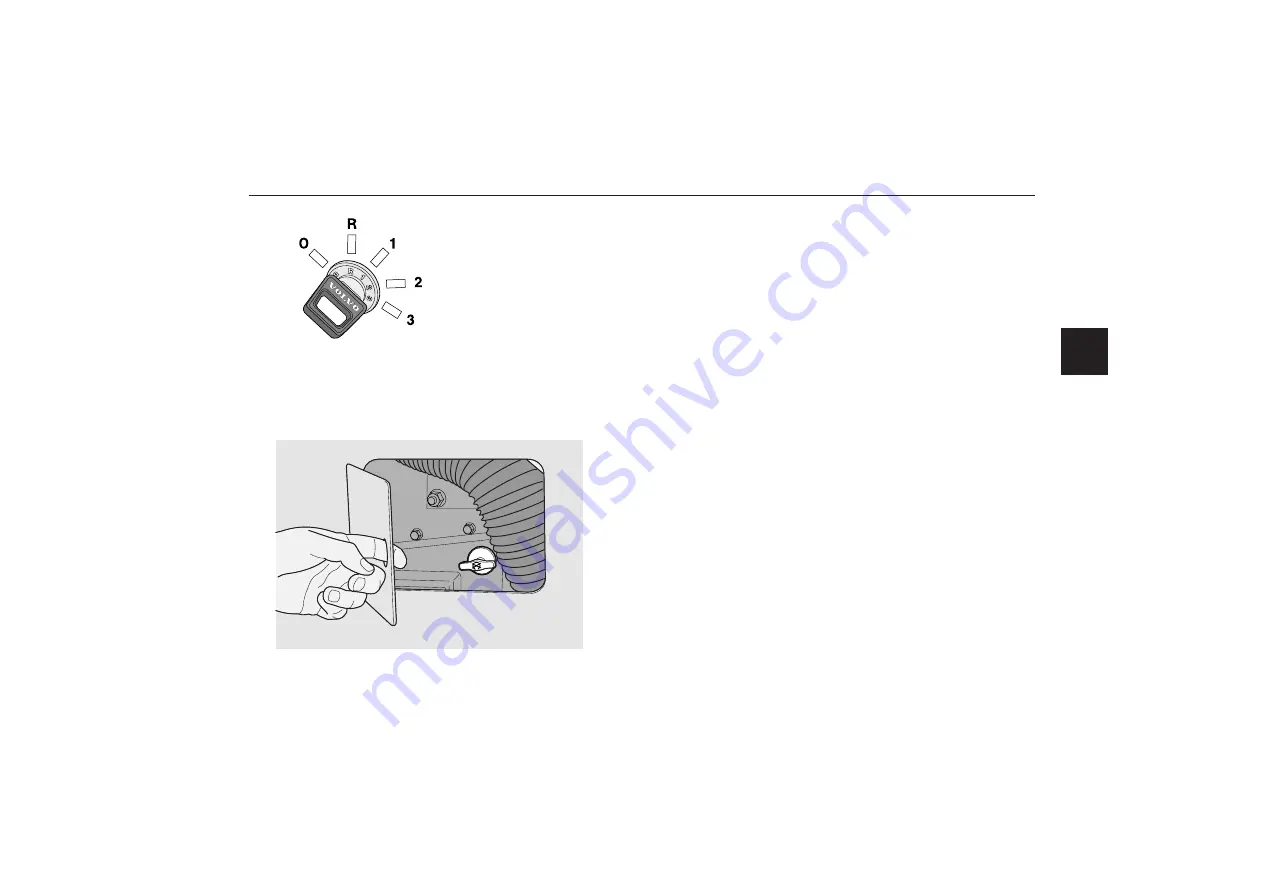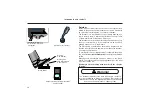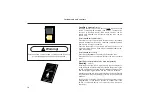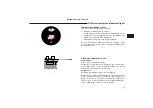
41
Driving
Starting a warm engine
Start directly by turning the key to the starter position (or turn the feed switch
to the drive position and push the start button on buses with feed switches).
The accelerator pedal does not normally need to be pressed when the engine
is warm. (Engines with the EDC fuel control system
always
get the right amount of fuel automatically – even when cold.)
Allow the engine to run at 500–700 rpm the first ten seconds.
Especially for engines with EDC
If the coolant temperature is under 50°C the engine speed is limited to a max-
imum of approx.1000 rpm during the first seconds after starting. This is done to
ensure an adequate lubrication of all engine parts. At –10°C the limitation is for
about 15 seconds and the warmer the coolant the shorter the limitation time.
There is no limitation at temperatures above 50°C.
A fast idling speed (approx. 600 rpm)
will apply until the coolant temperature exceeds approx. 45°C.
Exhaust pressure governor
The exhaust pressure governor is activated automatically when the coolant
temperature is under 70°C and the handbrake is applied.
When the handbrake is released or the temperature reaches 70°C, the ex-
haust pressure governor will be automatically disconnected. The EP-governor
accelerates the heating of the engine.
Engine shut-down
The engine is turned off when the key is turned to the stop position (for buses
with a feed switch, press the stop button).
A mechanical stop control for the shut-down of the engine is located on the left-
hand side in front of the radiator core assembly. There is a special flap in the
side of the body to enable access to this control.
Alternatives: Starter key above, feed switch
with start and stop button on previous page.
0
Stop position
R
Radio position
1
Drive position
2
Check position
3
Start position
Mechanical stop control.
Used to stop the engine when being ”run” from the
engine compartment and as an emergency stop.
ENGINE
STOP
Summary of Contents for B10M
Page 1: ...Driver s Manual...
Page 6: ...4 Pay attention to warning and indicator lights Their purpose is to warn of danger...
Page 131: ...129 TechnicalData Type plates 130 Specifications Data 132...
Page 142: ...140 Notes...
Page 143: ...141 Notes...
Page 144: ...142 Notes...
Page 145: ...143 Notes...
Page 146: ...144 Notes...
Page 147: ...3 Notes...































